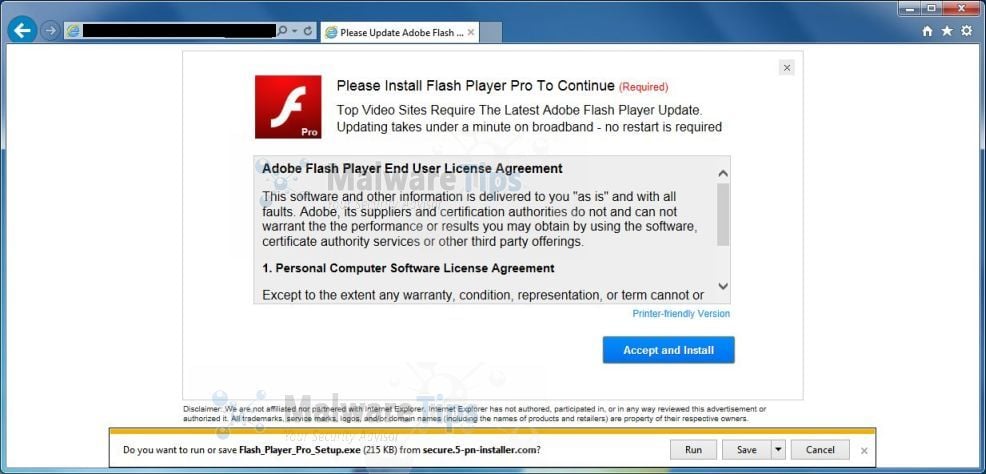
Here are a few guidelines that will minimize your risk of getting tricked into installing malware: If there are updates available, please upgrade it from a known-good machine to prevent the router from being reinfected. You might want to unplug the router for a few seconds, plug it back in, then check to see if it has the latest firmware. Those infections do not typically persist through power cycling the router. Their attack mechanism is primarily substituting content in webpages loaded through the router. There are a number of increasingly sophisticated malware variants attacking home routers. It may also be worth considering that your commodity wireless router is hostile. The inconvenience of something functional breaking because of an update pales in comparison to the pain of recovering from identity theft. This is actually what we strongly recommend, and it generally applies to anything tasked with handing untrusted communication (the operating system, your web browser, flash player, etc.). You can then go through life assuming that any update notifications you get are bogus. In general, you're better off setting everything to update automatically.
#Adobe flash a virus for mac? how to#
figuring out how to defeat all of the security stuff required to do it without your express permission.

It's easier to trick you into installing something on behalf of the attacker, vs.

The result is that human factors are now the path of least resistance. In 2018, it's really difficult to do (assuming you're running a modern operating system and not something from 2005, in which case, you should get on that).

Unfortunately, because Flash Player is installed on billions of computers, it's a common target for impersonation for people distributing malware.Īs an industry, we've done a pretty good job of defending against technical attacks that allow bad guys to install software without your authorization. I'm going to leave some advice here for other folks that may run across this.


 0 kommentar(er)
0 kommentar(er)
